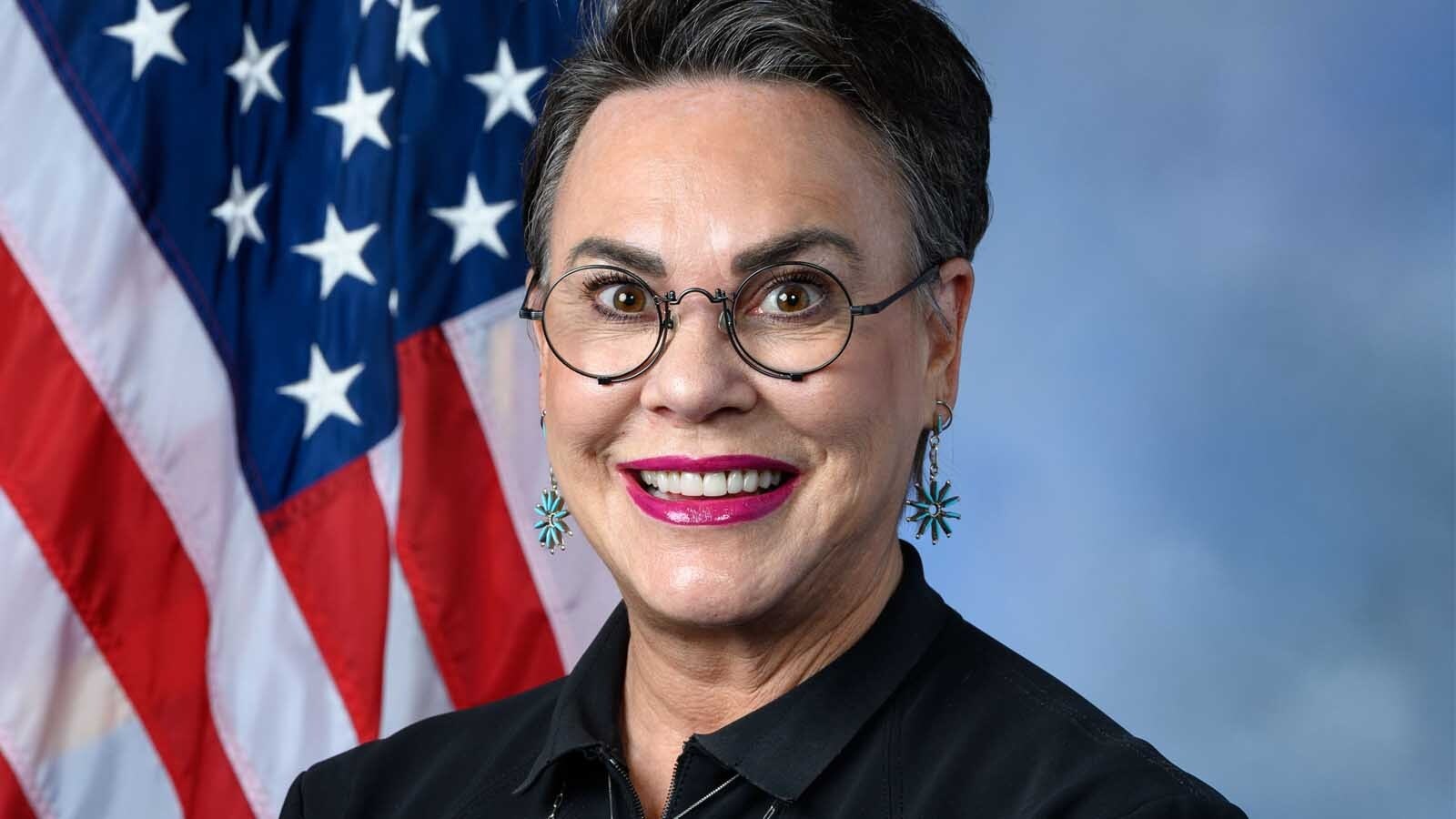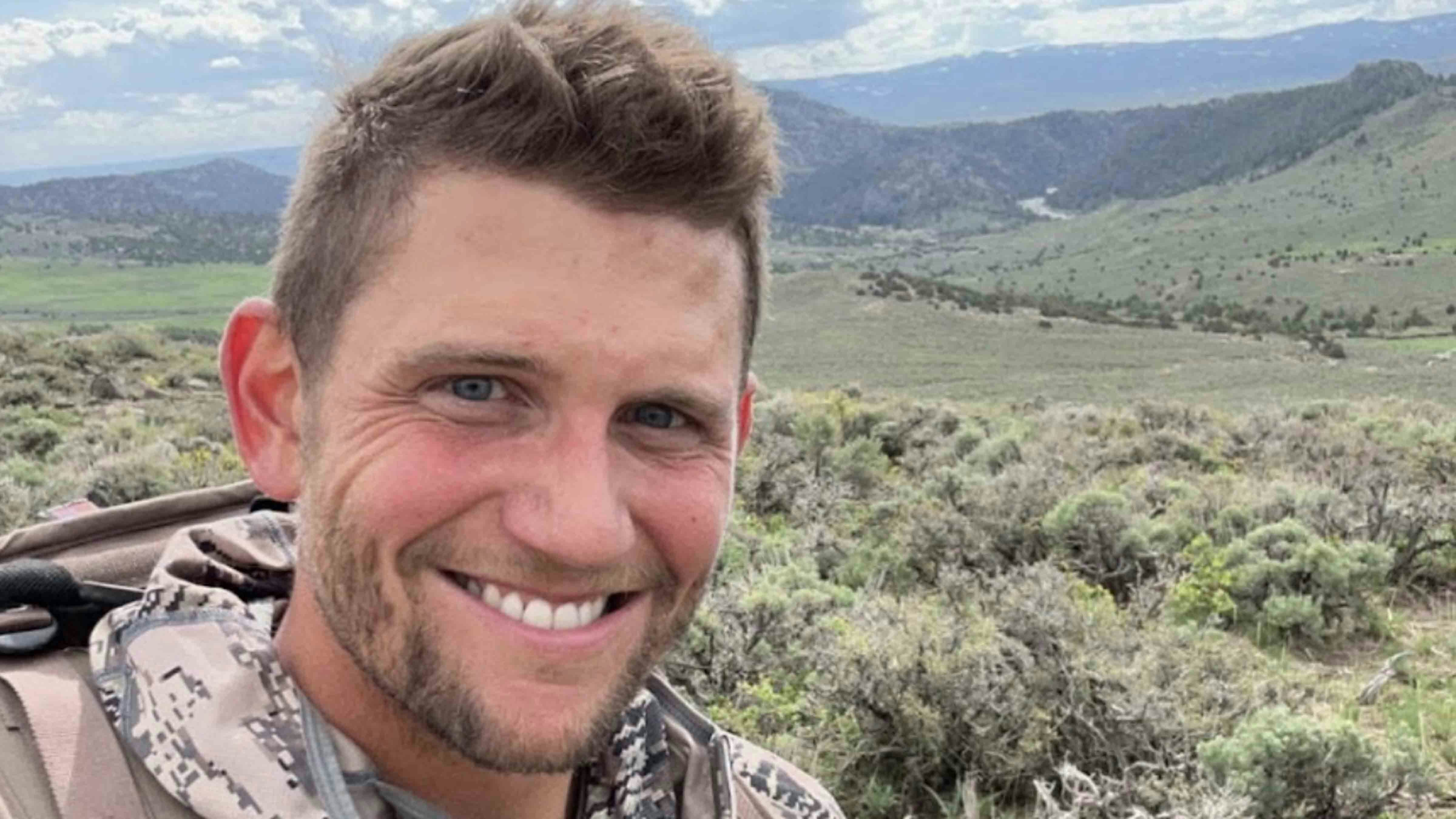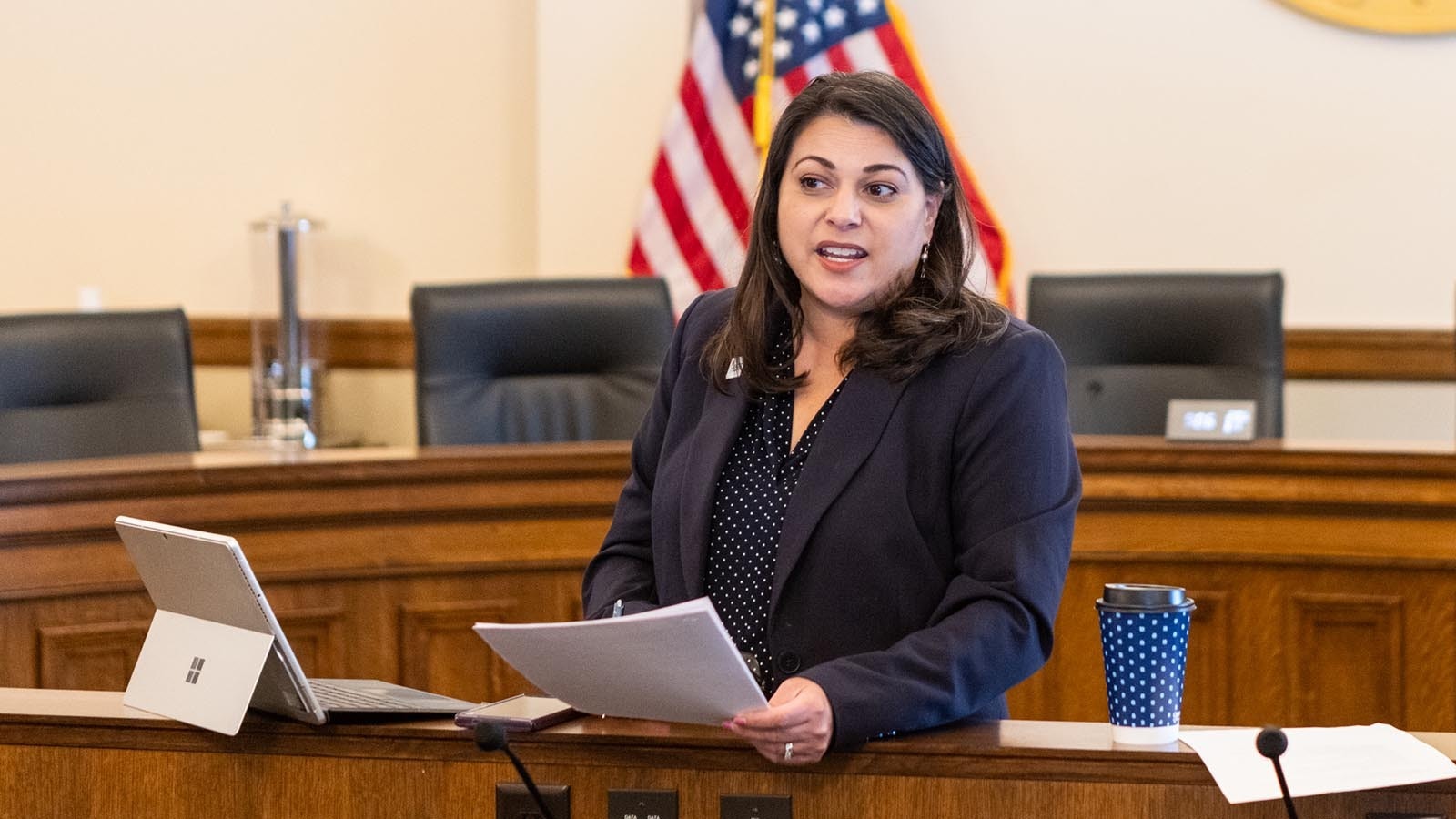There has been an awful lot of misinformation in recent days about a proposal by Sen. Mike Lee (R-UT) to instruct the Bureau of Land Management (BLM) and United States Forest Service (USFS), in conjunction with states, local governments, and Indian tribes, to identify certain federal lands for potential sale to address local housing and other community needs.
Senator Lee’s bill lists eleven western states, including Wyoming (with 48% federal surface ownership), for implementation of this plan, with the other ten states being Alaska (61%), Arizona (39%), California (45%), Colorado (36%), Idaho (61%), Nevada (80%), New Mexico (31%), Oregon (52%), Utah (63%), and Washington (29%).
Land use issues are important in Wyoming, and I spent a considerable amount of my legal career devoted to addressing federal management and private property rights.
The subject is understandably more intense in our part of the country, no doubt due to federal ownership of nearly half the land in the western U.S.
Western states are at a distinct disadvantage as compared to eastern states when it comes to having this outsized federal footprint within our borders.
This is especially so when it comes to our municipalities and urban areas that are surrounded by BLM and USFS lands.
This situation hinders our ability to meet increasing housing needs; restricts our ability to attract new businesses and foster economic development; and violates the “equal footing” doctrine which specified that, as our Country grew, new states that joined the union did so “on an equal footing” with the original states in all respects.
Senator Lee’s bill is narrowly-focused and targeted toward addressing a growing and pressing need in the western United States — how to provide affordable housing for our families, workers, and others who call our local communities home.
Unfortunately, a lot of the talk surrounding his efforts has been misleading or flat out untrue, and as this proposal takes shape in the Senate, it’s important that everyone be armed with accurate information.
Here are the facts:
On June 11, the Senate Energy and Natural Resources Committee released legislative text as part of Senate Republicans’ budget reconciliation bill, which is their version of the One Big Beautiful Bill Act passed by the House and supported by President Trump.
One portion of the draft Senate text — Subtitle C — has drawn fire from activists who either haven’t read the text or are willfully distorting its contents to cynically spread unwarranted fear among citizens.
This proposal unambiguously aims to finally give western states and communities the ability to address housing shortages by responsibly identifying a very small percentage of BLM and USFS lands that even those agencies recognize could be put to better use, while also relieving them of managing tracts that no longer fit within their core mission.
Let’s be clear: this proposal does not authorize the mass sale of federal lands, nor does it target our National Parks, Wilderness Areas, the National Trails System, a National Preserve, etc., or any other “Federally Protected Land.”
Subtitle C instead instructs the BLM and USFS to identify between 0.50 and 0.75 percent of the lands they manage — about two to three million acres across eleven states out of the 640 million acres owned by the federal government — for potential disposal.
To repeat: any such land must be suitable for housing or community development.
Of the nominated lands, priority is given to lands that are nominated by the states or units of local government, are adjacent to existing developed areas, have access to existing infrastructure, are suitable for residential housing, would reduce the checkerboard pattern, and those isolated tracts that are inefficient to manage.
The goal here is simple: allow state and local governments — who not only understand their localized needs but are intimately familiar with the BLM and USFS lands themselves — to nominate small, non-essential parcels of federal land that are adjacent to existing development and infrastructure.
That might include tracts near towns like Kemmerer, Wyoming, a community surrounded by BLM lands with little opportunity to meet the booming housing demand associated with the future Natrium Reactor.
It may also include those BLM lands that dot city landscapes such as in Las Vegas, Nevada, thereby allowing for urban in-filling rather than further expansion outward.
These are not pristine forests or expanses of untouched wilderness we’re talking about. These are often checkerboard parcels or isolated holdings that are inefficient for the federal government to manage and are obstructing community growth.
The process for identifying these lands is deliberately cautious and collaborative. BLM and the Forest Service must consult with governors, local officials, and tribal governments before moving forward.
States and local governments would also have the first right of refusal, ensuring that the land remains in local hands to be used for the public good.
Lands with existing rights — like grazing permits, ski areas, and energy leases — are not subject to the sale. Any sale must be at fair market value, with strict limits on how many acres an individual can acquire, and no individual may purchase more than two tracts of land at any one sale.
Importantly, the revenue from these sales would be shared with local governments to assist with infrastructure and related needs.
It is apparent that those organizations and individuals who oppose Senator Lee’s proposal recognize the vast majority of Americans would support it as being a common-sense and reasonable approach to managing a tiny fraction of BLM and USFS lands.
They are thus working overtime to misrepresent what it actually does.
The Wilderness Society is perhaps the biggest culprit so far.
Ignoring the plain language and intent of Senator Lee’s bill, this organization has gone on a fundraising rant, attempting to scare us into believing that he is proposing to sell hundreds of millions of acres of the most pristine areas of Wyoming’s backcountry.
That is hogwash, and they know it. Anyone who reads the bill will immediately recognize this isn’t a gray area; the Wilderness Society is intentionally misrepresenting what the bill says.
The maps being circulated by the Wilderness Society have nothing to do with this proposed legislation.
Some of those maps actually show areas that the BLM and USFS have previously identified for disposal through the Resource Management Plan process.
An example brings this point home. The Biden administration issued the Rock Springs RMP in the fall of 2023 while Tracy Stone Manning, the current President of the Wilderness Society, was the Director of the BLM. Appendix J of the Rock Springs RMP identifies almost 48,000 acres as having met the criteria for disposal. It is reasonable to assume that most, if not all of, the other BLM RMPs issued by Ms. Stone Manning during her tenure likewise identify lands for disposal.
The irony is simply too delicious — Tracy Stone Manning herself has been an advocate for the disposal of federal lands (ironically, at a higher percentage than proposed in Mike Lee’s bill), not in her role as a private citizen but as the head of the BLM, the very agency that has the authority to carry such wishes to fruition.
I guess the Wilderness Society — with the hypocritical, ecoterrorist Ms. Stone Manning at the helm—believes fundraising outweighs candor and honesty.
Some environmental activists are trying to cast their opposition as standing up for Wyoming’s interest, but the opposite is true.
They want to ensure the federal government retains ownership of every last acre of land, regardless of whether it serves any federal purpose or results in the ultimate demise of our local communities and families.
It is important to emphasize that this is a proposed version of legislation in step two of a many part process. This language can still change and must be voted on by both the full Senate then House as part of the One Big Beautiful Bill Act becoming law.
Our Wyoming cities and towns are entitled to grow and prosper. Affordable housing is foundational to creating and supporting local jobs and economic development.
Our young families cannot stay in communities — and ultimately hunt, fish, hike, bike, camp, and recreate — on our federal lands unless they have the economic wherewithal to do so.
The Wilderness Society’s caterwauling should therefore be seen for what it is: an effort to control these lands to ensure our amenities are used solely by the independently wealthy, who have little concern as to whether there is affordable housing available for the people who seek to make their lives in places like Kemmerer or Green River or Pinedale.
It should go without saying that on this issue — land use, something important to all of us — the people of Wyoming deserve honesty. And the environmentalist opponents of this plan, as usual, are not giving that to you.
My advice? Read the bill and ignore those individuals and organizations that are lying to you.
Rep. Harriet Hageman, a Republican, is the lone member of the U.S. House of Representatives from Wyoming.





